Notice: This Wiki is now read only and edits are no longer possible. Please see: https://gitlab.eclipse.org/eclipsefdn/helpdesk/-/wikis/Wiki-shutdown-plan for the plan.
Stardust/Knowledge Base/Integration/Application/Exception Propagation
Introduction
Exceptions from invoked applications or services can be propagated to synchronous callers of Stardust services by using a global option. You can set this option in the server side carnot.properties file as described in the documentation:
Carnot.Engine.ErrorHandling.ApplicationExceptionPropagation = [never | onRollback | always]
As per the documentation, the behavior is defined as follows:
never: The engine ignores the status of the current transaction and tries to interrupt the current activity thread. For scenario b) this will eventually be undone on transaction rollback.
onRollback: The engine checks the status of the current transaction and interrupts the activity thread if and only if the transaction is not already marked for forced rollback.
always: The engine marks the current transaction for forced rollback if this is not already the case and continues as with onRollback.
The default value of this option is “never”.
Two scenarios need to be distinguished before deciding on the appropriate transaction behavior for the application:
Scenario A: An exception is raised, but the transaction is not yet forced to rollback
The engine has a choice to either interrupt the current activity thread, or to undo the current activity thread by forcing the current transaction to rollback.
Scenario B: An exception is raised, and the current transaction is already forced to rollback
The engine has no choice, any attempt to interrupt the current activity thread will be undone when the transaction eventually rolls back.
Discussion
Illustration (scenario a)
We can simulate the scenario by raising an application exception in our workflow (i.e. the transaction manager has not raised an exception forcing a rollback). Then we study the behavior of the engine using two different options for the property “Carnot.Engine.ErrorHandling.ApplicationExceptionPropagation” viz. “never” and “always”.
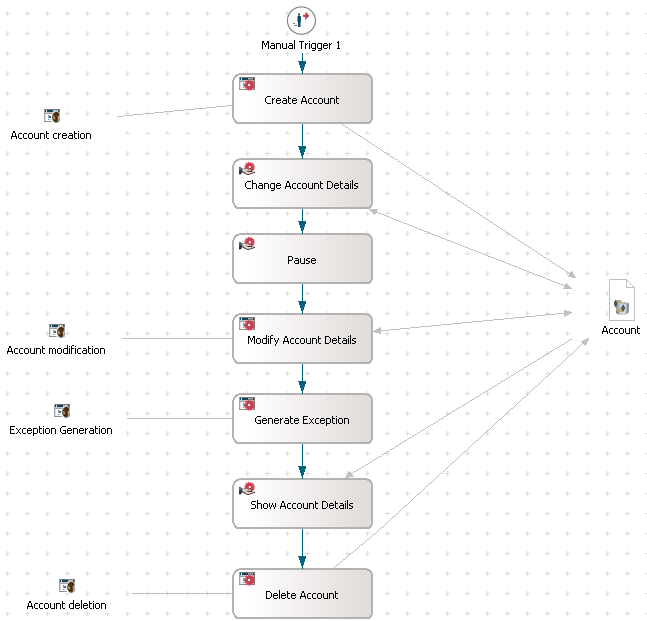
Figure 1: Sample workflow for exception propagation discussion
Consider the workflow highlighted in Figure 1. Let us initially set Carnot.Engine.ErrorHandling.ApplicationExceptionPropagation = never (default value) in the server side carnot.properties file.
The “Generate Exception” activity is linked to a POJO that actually throws an exception as seen in Figures 2 and 3 below.

Figure 2: Details of the application type linked to the Generate Exception activity

Figure 3: Code for the throwException method invoked by the POJO for Generate Exception activity
Executing the model causes an exception to be thrown as expected and the server side trace shown in Figure 4.

Figure 4: Server side exception trace upon execution of Generate Exception activity
Viewing the process details in the Business Control Center reveals that the process has been interrupted at the Generate Exception activity (Figure 5).
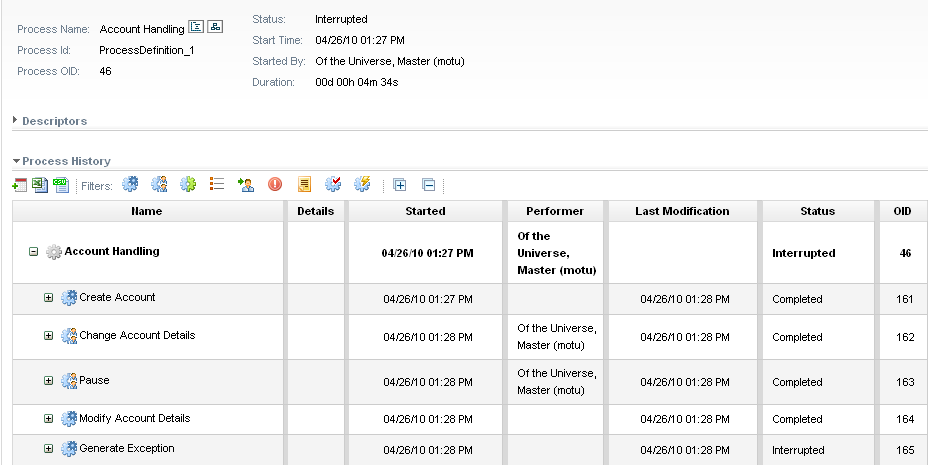
Figure 5: Process details as seen in the Business Control Center
We are thus able to validate that setting the ApplicationExceptionPropagation value to “never “ has resulted in the process being interrupted. We now change the value of the above setting to “always” and run the example again.
On running the workflow with the new setting, we observe the server side exception shown in Figure 6 when the Generate Exception activity is executed. The log clearly illustrates that a rollback has occurred.

Figure 6: Server side exception trace on execution of Generate Exception activity
A client side ServiceException as shown in Figure 7 is also displayed.
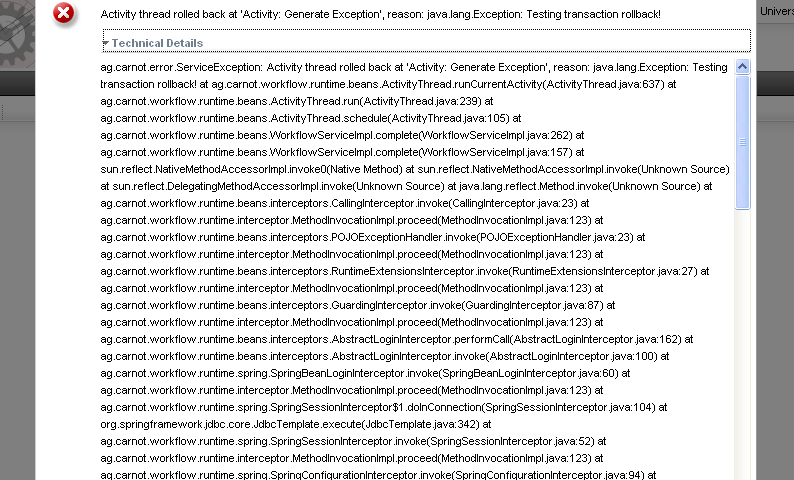
Figure 7: Client side ServiceException on execution of the Generate Exception activity
The worklist now displays the “Pause” activity again (Figure 8) (refer to Figure 1 for an outline of the workflow) since this is the last manual activity (and therefore committed) that was executed before the rollback.

Figure 8: User worklist after acknowledgement of exception displayed (Figure 7).
The Business Control Center view (Figure 9 below) shows that the process is still active in spite of the exception since the transaction was rolled back successfully.
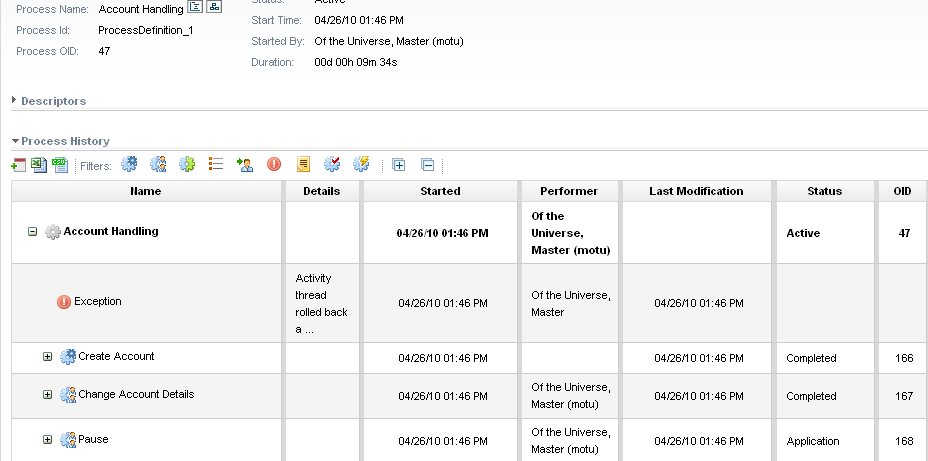
Figure 9: Process details as seen in BCC highlighting the successful rollback
This concludes our discussion of Scenario a.
Illustration (scenario b)
To illustrate scenario b we will be required to simulate a scenario where an exception has been raised and a transaction has already been rolled back. We can then test the behavior of the system under these circumstances. We choose to reproduce the above scenario by producing a database exception on insertion of a new record in the database. We modify our mapping file (Figure 10) to accept a custom id generator that returns a value that already exists in the database (PK constraint violation).
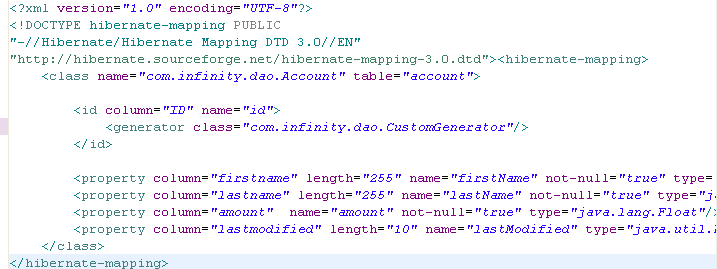
Figure 10: Mapping file for the Account Entity with custom ID generator
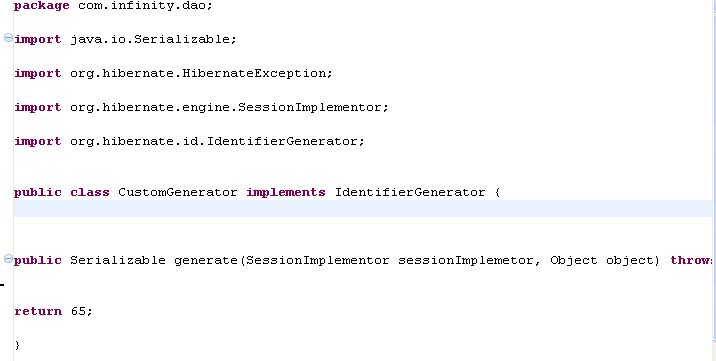
Figure 11: Custom ID generator with hard coded return value that already exists in the database
As expected, execution of the workflow throws an exception as shown in Figure 12 below.
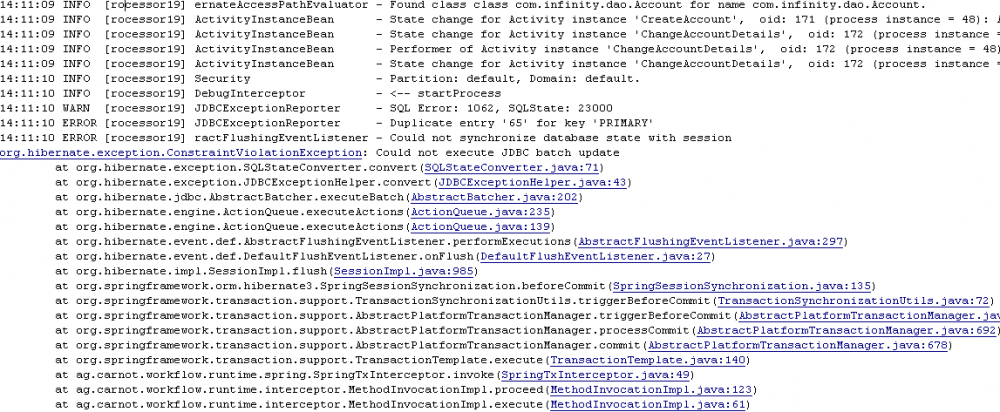
Figure 12: Server side exception trace upon execution of workflow
We note that the exception is thrown at the ChangeAccountDetails activity since this is the first manual activity within the process and therefore the first point within the workflow where the engine attempts to commit the transaction. The transaction however is already rolled back by the XA manager owing to the SQL ConstraintViolationException. Furthermore, there is no entry for the Process OID associated with the above execution since the process has been completely rolled back as there was no persisted state associated with the process instance. This behavior is seen irrespective of the ApplicationExceptionPropagation setting defined in the carnot.properties file since the transaction is already marked for rollback. This concludes our discussion of scenario b.
